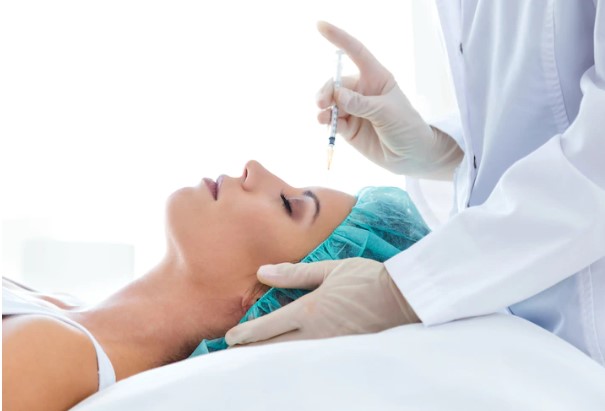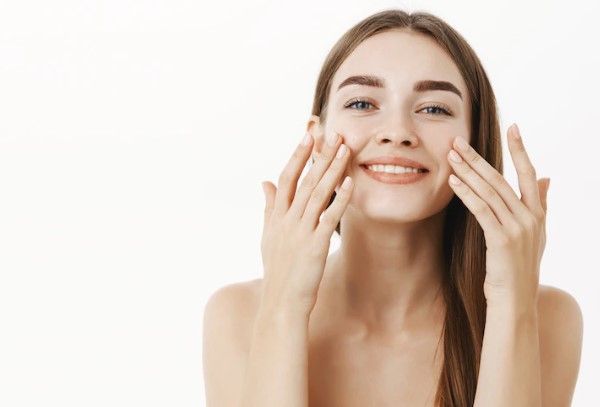
It is important to keep in mind that depending on the area in which we find it, it fulfills different functions:
- In the joints: It helps us avoid painful friction.
- In cartilage: works as a restorative.
- On the skin It acts as a moisturizing and supporting agent to keep you looking young.
.jpg)
How much hyaluronic acid can I need depending on my age?
Depending on age, the need for hyaluronic acid in the skin changes, as it faces factors such as genes, your lifestyle and diet.
Around 30
At this age, signs of aging or changes in the skin begin to be noticed. The first signs of aging appear, such as the lighter or deeper marks of some expression lines and the appearance of the first wrinkles. To counteract this, it is useful to resort to the benefits of hyaluronic acid, which will help fill in wrinkles and restore a youthful appearance.
Reaching 40 years
The main problem and point to notice is the sagging and loss of volume of the skin, as well as the reduction of facial contours.
From 50 years old
It is very common for people to focus on two basic skin problems: loss of elasticity and deepening of wrinkles.
In both cases, to solve the problems that appear From the ages of 40 and 50, it is advisable to use a facial day cream with hyaluronic acid , which will correct the effects of aging, hydrating the skin and helping to fill in wrinkles. At the same time, before going to sleep, it will be important to apply a night cream after your daily skin care treatment.
It should be noted that there are two types of hyaluronic acid: the reticulated which comes in the form of a gel (dense), which allows it to maintain stability for longer (6 to 9 months) and the non-reticulated which is liquid and retains its stability for less time (approximately 3 months). 
Aesthetic and medical uses of hyaluronic acid
The function of hyaluronic acid in cosmetics it is to maintain good hydration of the skin, even in its deepest layers, so that it maintains the thickness, volume and smoothness of the skin. However, In the field of aesthetics it has been seen as a true revolution in the treatment of wrinkles , to the point of replacing botulinum toxin (botox). It is clinically proven that applying it by intradermal injection helps to achieve incredible results even in elderly people. Hence, currently this treatment is being used to eliminate certain wrinkles as:
- The nasolabial folds, which extend from the nose to the sides of the mouth.
- The perioral folds and the labial commissures, in the lip contour line.
- The ones between the eyebrows.
- Crow's feet.
- Those on the forehead.

It is important to clarify that hyaluronic acid has also opened the field for more applications in the treatment of different pathologies . The first of them refers to the treatment of degenerative joint diseases such as osteoarthritis with the aim of reducing pain and achieving cartilage regeneration. In addition, it is used in elite sports to recover joint injuries more quickly and in dentistry to improve healing, regenerate gums and oral mucosa.
Recommendations for the use of hyaluronic acid
Fountain
What is hyaluronic acid for?
Properties and uses of hyaluronic acid
Hyaluronic acid: What is hyaluronic acid for?
Hyaluronic acid: what it is, what types there are, what it does on the skin
Carolina Cardona Valencia, Social Communicator
For Satori Beauty

